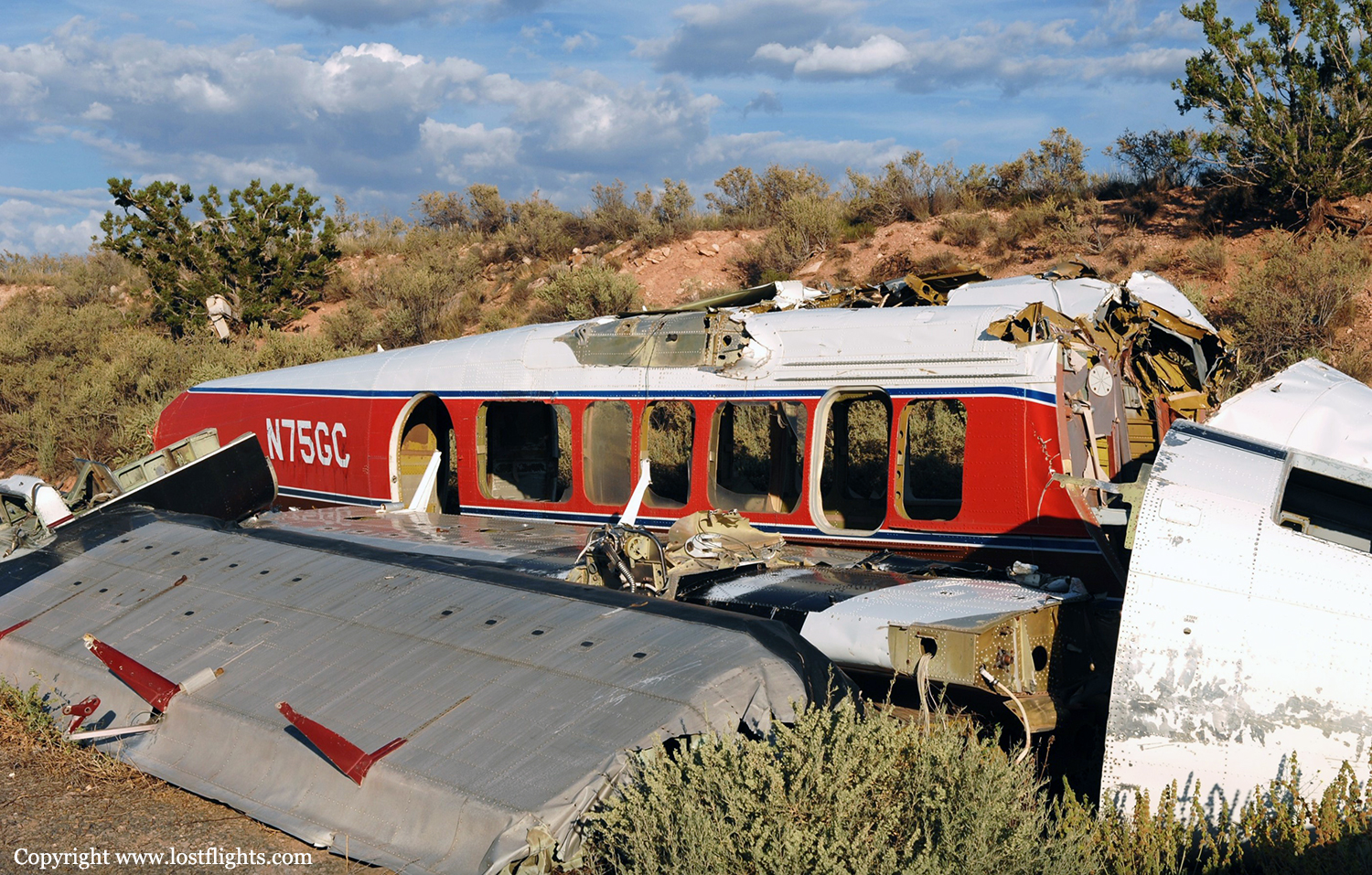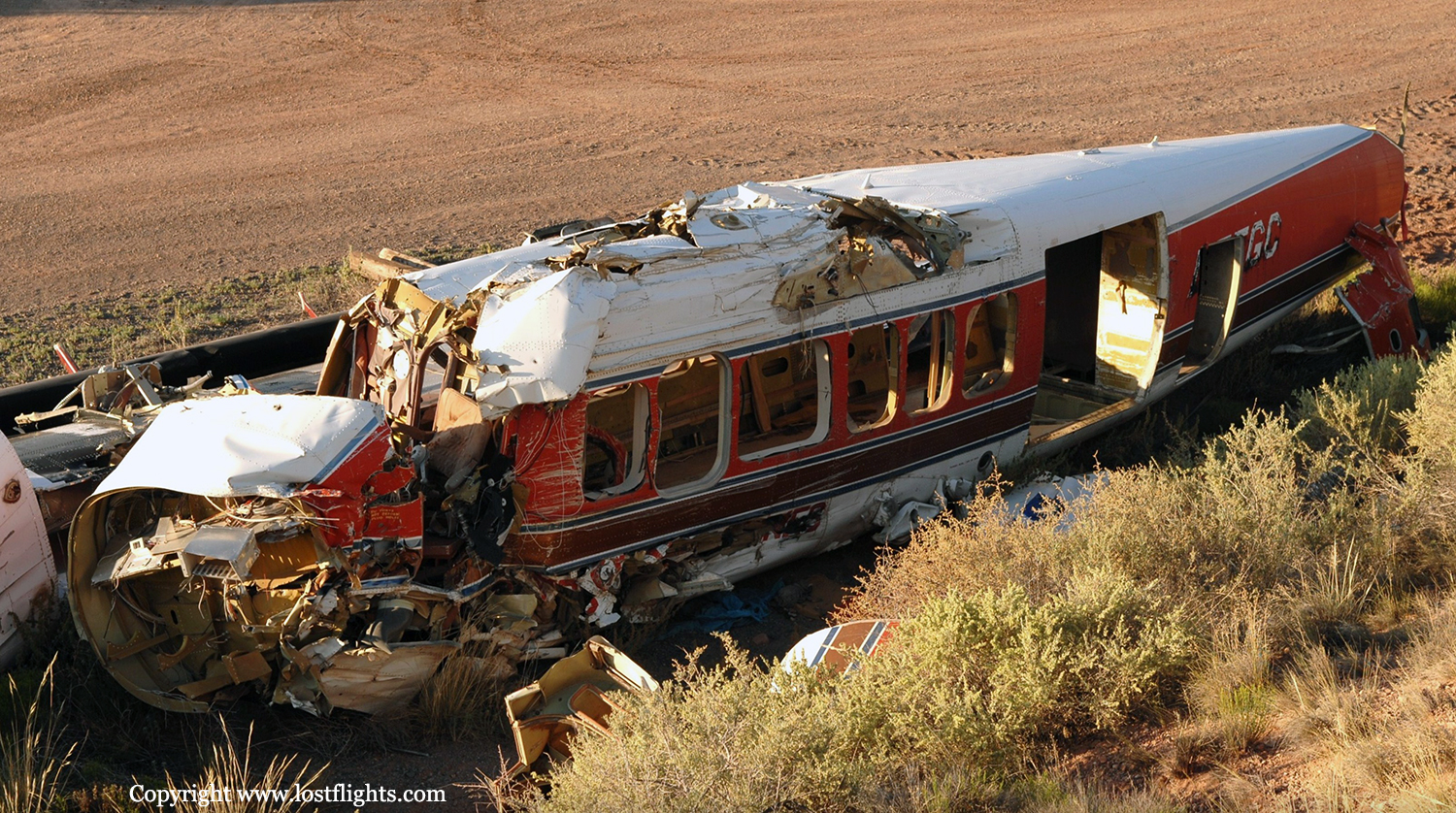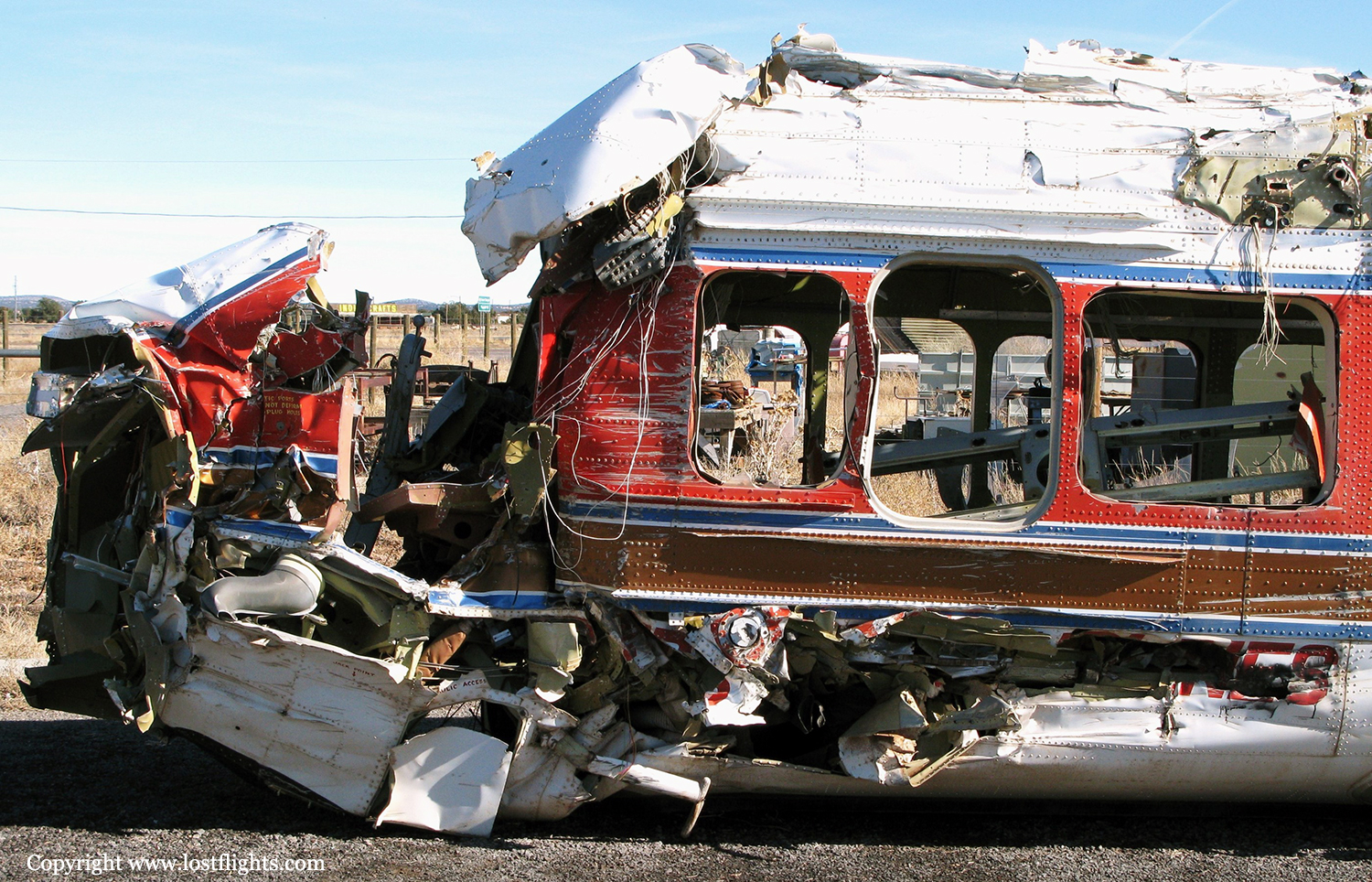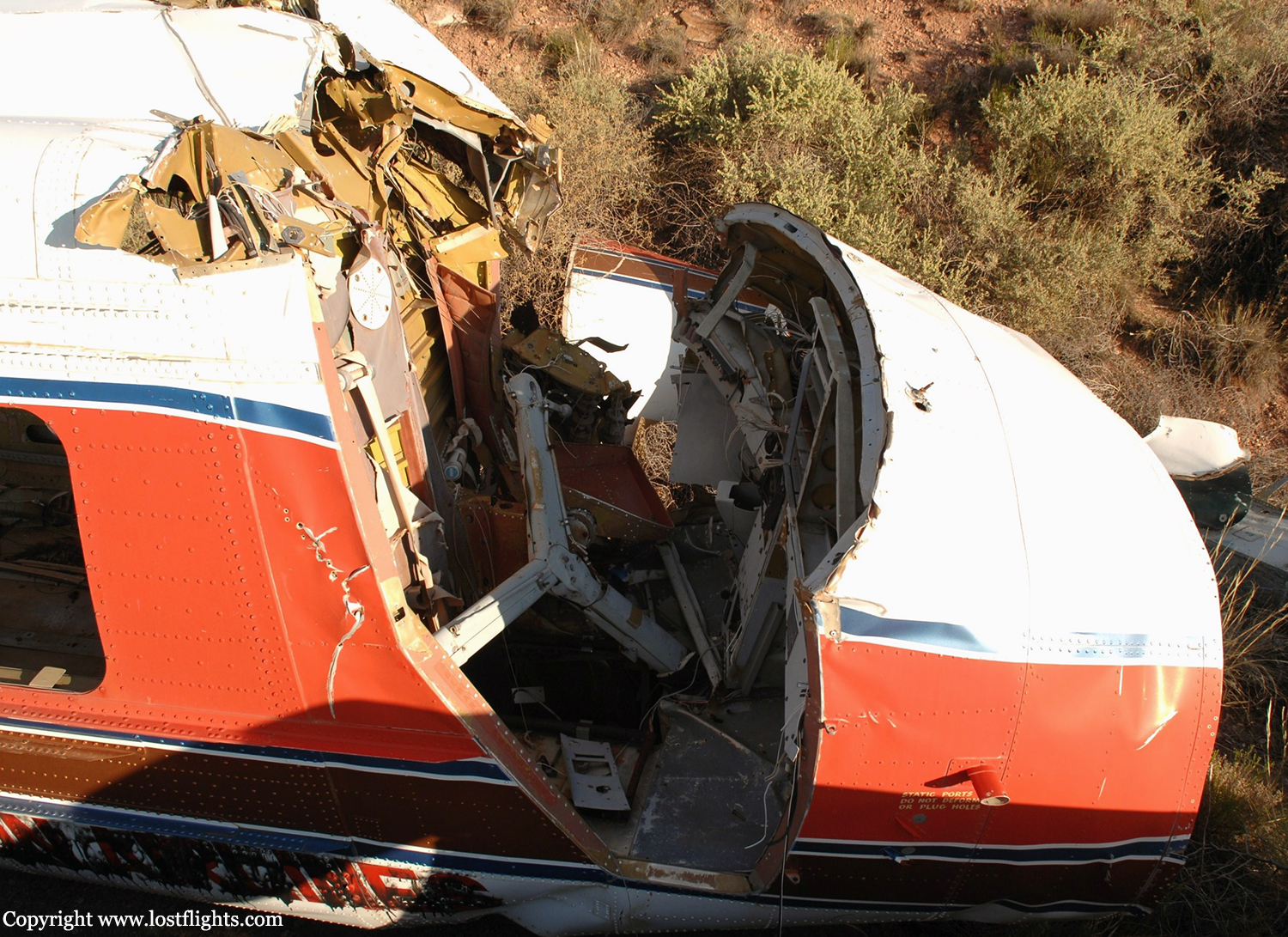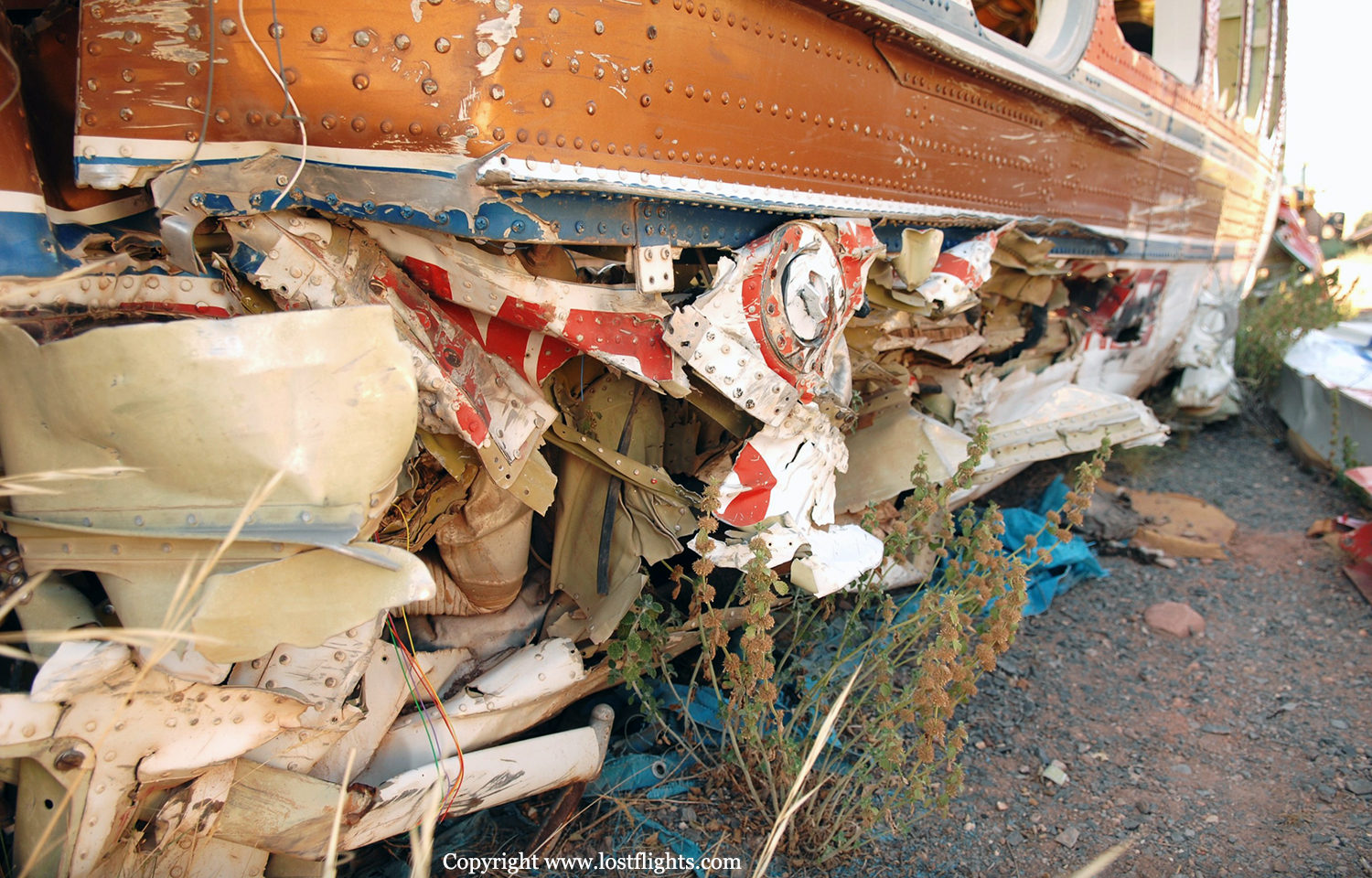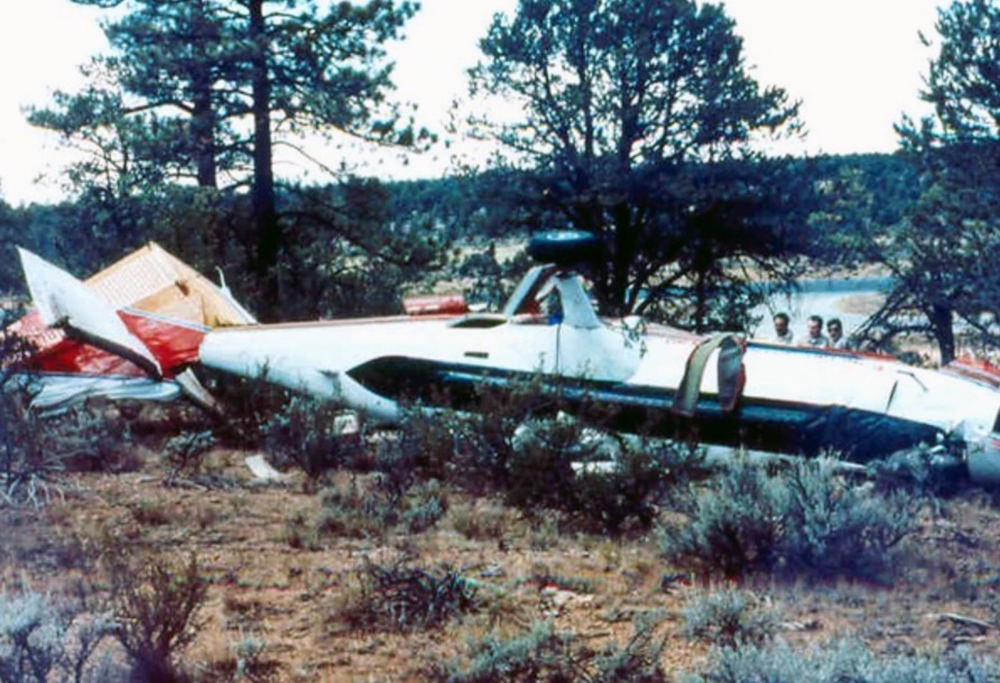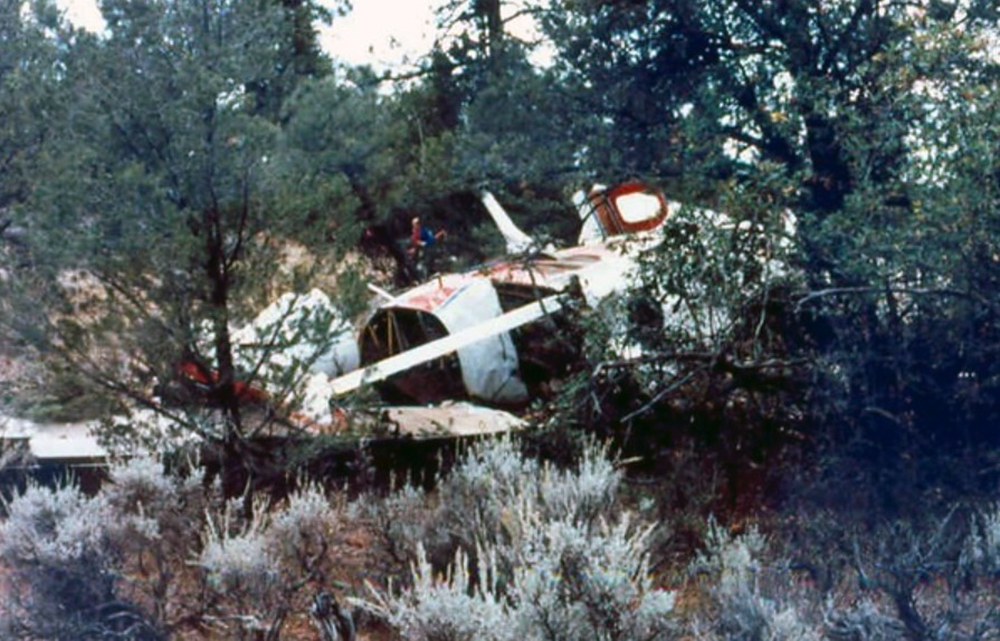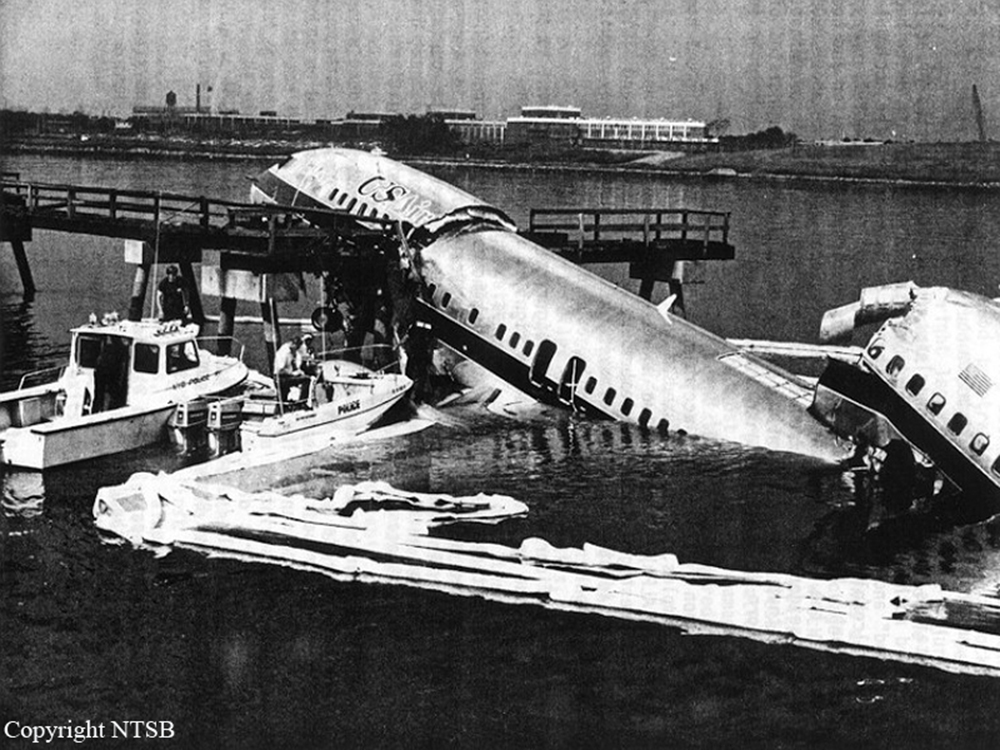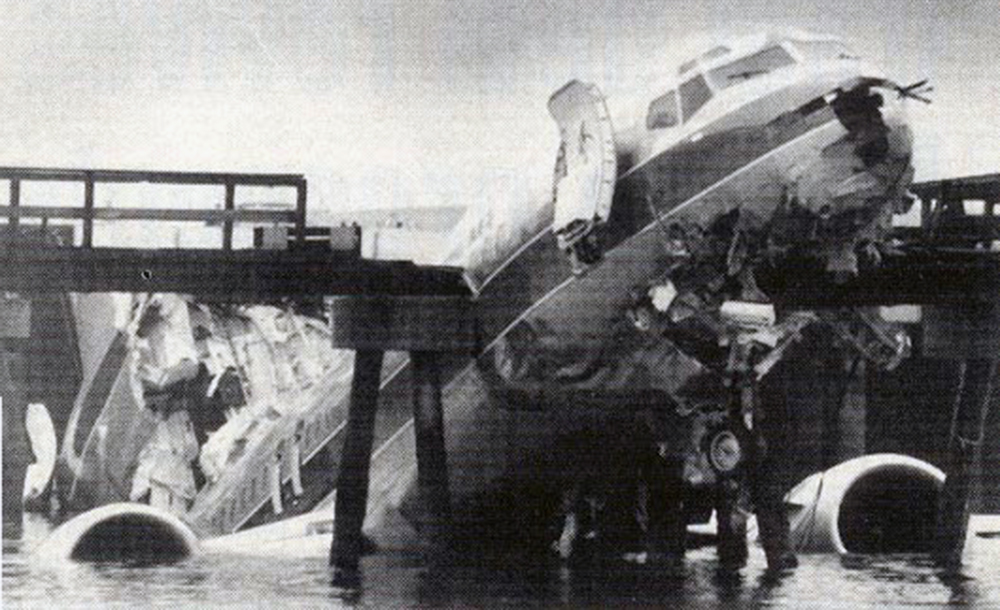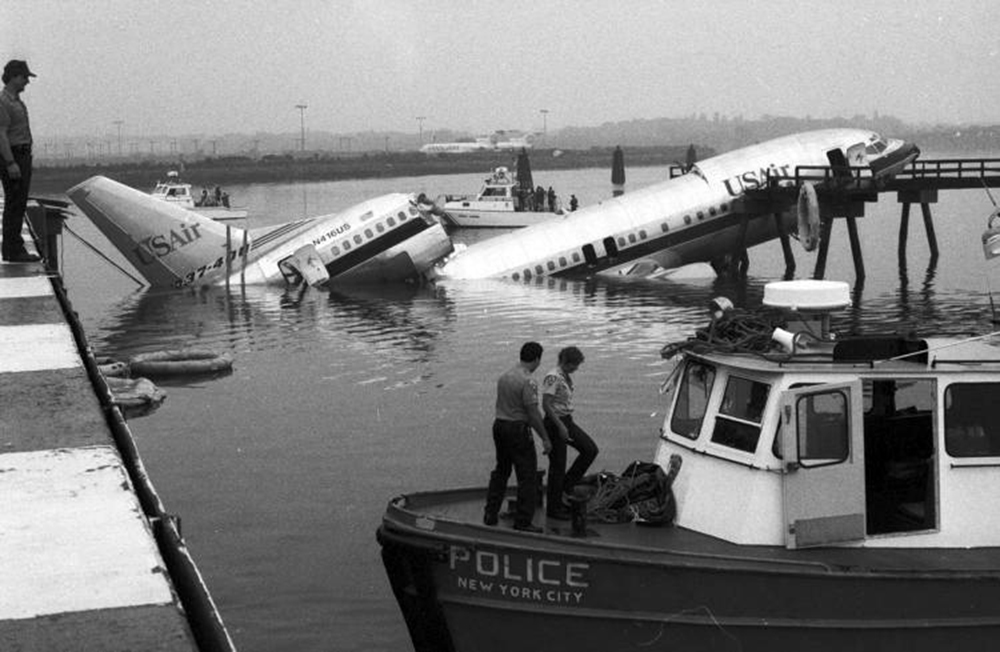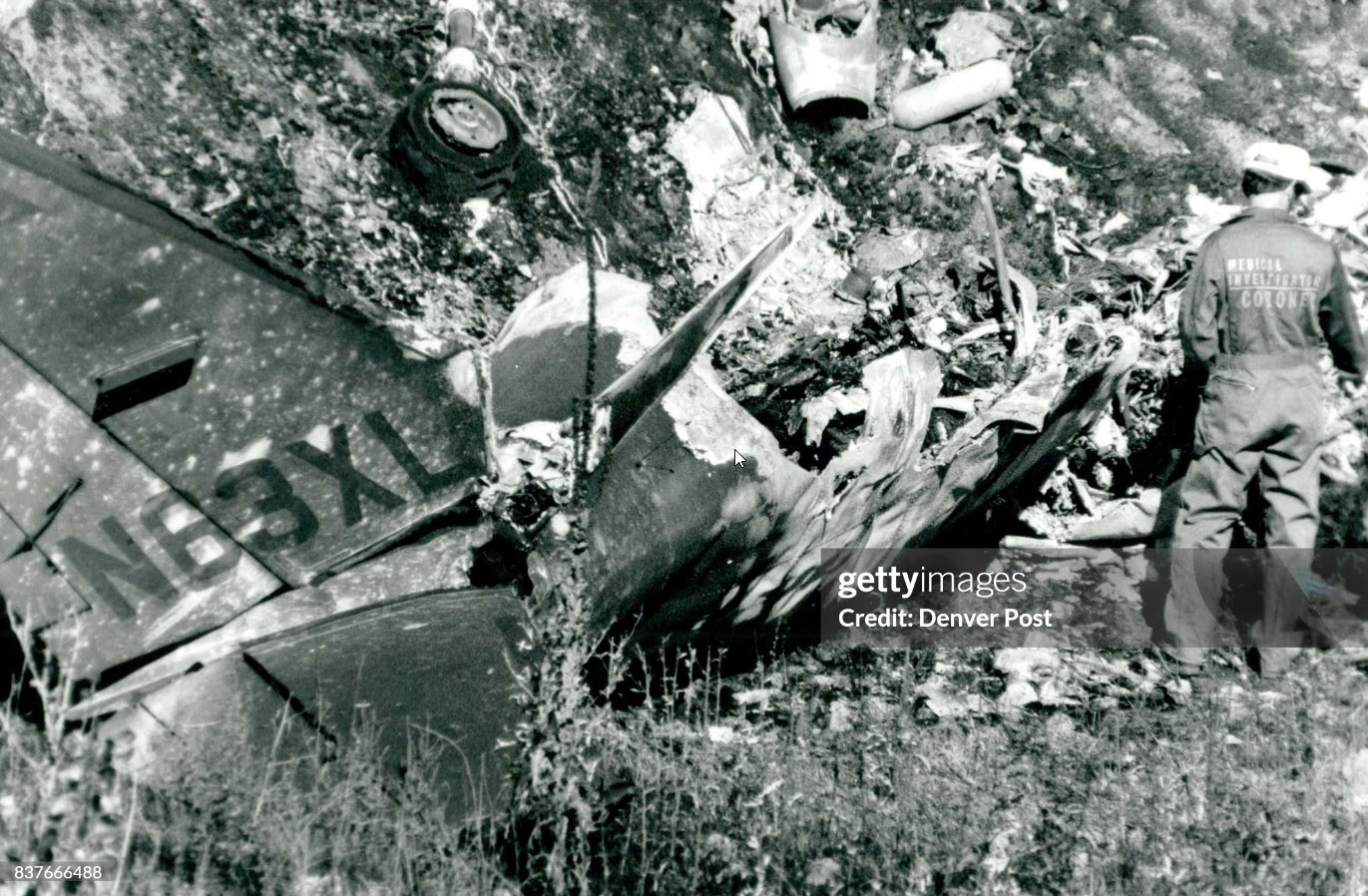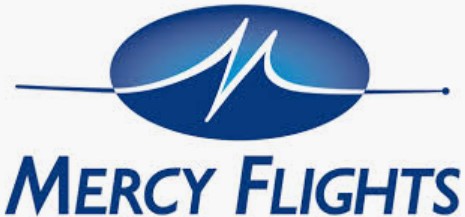Crash of a De Havilland DHC-6 Vista Liner 300 in Grand Canyon: 10 killed
Date & Time:
Sep 27, 1989 at 0953 LT
Registration:
N75GC
Survivors:
Yes
Schedule:
Grand Canyon - Grand Canyon
MSN:
439
YOM:
1974
Flight number:
YR05
Crew on board:
2
Crew fatalities:
Pax on board:
19
Pax fatalities:
Other fatalities:
Total fatalities:
10
Captain / Total hours on type:
2610.00
Copilot / Total hours on type:
339
Aircraft flight hours:
11180
Circumstances:
Grand Canyon Airlines flight 5 (De Havilland DHC-6, N75GC) departed Grand Canyon National Park Airport on a local part 135, sightseeing flight. After returning from a normal trip, the flight was cleared to land on runway 21. Observers reported the approach to the airport was normal, but the aircraft traveled about 1,000 feet down the runway at an altitude of about 5 feet before touchdown. Reportedly, it bounced and traveled another 1,000 feet before touching down again. The aircraft then veered to the right and the flight crew initiated a go around (aborted landing). The aircraft climbed in a nose high altitude to about 150 feet to 200 feet agl, then it rolled to the left and crashed onto a wooded hill about 120 feet left of the runway. A power line was severed during impact, which interrupted electrical power to the airport and delayed emergency response to the crash. Surviving passengers reported the right seat pilot was flying the aircraft, while the left seat pilot narrated the tour; but after a hard touchdown, the left seat pilot took control of the aircraft and applied full power for a go-around. A scrape mark was found where the right wingtip scraped the runway during the 2nd touchdown. Both pilots and eight passengers were killed while 11 other passengers were injured, nine of them seriously.
Probable cause:
Improper pilot techniques and crew coordination during the landing attempt, bounce, and attempted go-around.
Final Report:

